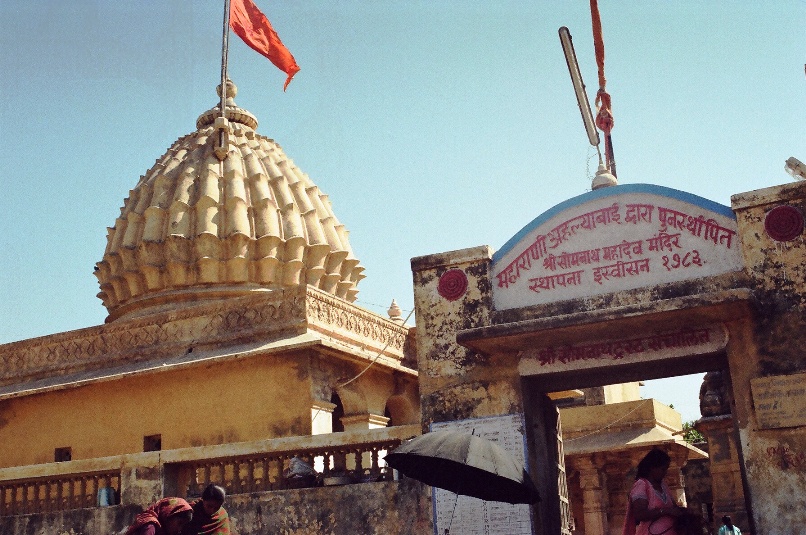1707 to 1818 A. D.
If looked at, closely, the 18th century was an inglorious period in the history of India. Gradual disintegration and collapse of the Mughal Empire and debased character of nobility subjected the country to political turmoil, social disorder and economic decline.
Marriage was a universal social practice except on the part of those who observed celibacy on religious grounds. To arrange for marriage of their children was considered to be the parent’s duty. Marriage was an indissoluble and sacred bond and not a contract for materialistic comforts. A duly married wife could not be discarded except on charges of adultery. Although took place at an early age, consummation did not take place till they attained maturity.
Purdah was observed in Hindu and Muslim families. However, women of poor families who used to go out to earn their livelihood and those of South India did not observe it with the exception of the Moplahs of Malabar in Kerala.
Sati was more widely prevalent in Rajasthan and Central India with hardly any followers in the South. In Bengal, Sati was not universally followed by all castes. As a result of Western education and the enlightened public opinion under the leadership of Raja Ram Mohan Roy, the got of Lord William Bentick abolished Sati in 1829.
Education: Since most girls got married early, they did not have the benefits of education. No major changes were made since the previous period.
Polygamy: There was ordinarily no polygamy amongst the common man except the Rajas, Princes etc. But polygamy had become a notorious practice among the Kulins of Bengal and the Brahmins of Mithila. Raja Ram Mohan Roy protested vehemently against this custom.
Widow Remarriage in high caste Hindu families was not permitted in Bengal. The Peshwas collected a tax called patdam on the remarriage of widows. Widow Remarriage was widely prevalent among the non-Brahmins of Maharashtra. On a whole, remarriage was not prevalent across the country.
Status, European View
Family system had Men as the head of the family while the wife followed his will. Having said that, she had a dignified position in the house and the authority in regulating its affairs. Piety, charity, modesty and affection were the qualities of a Hindu wife.
Contemporary European writers like Orme have praised the Hindu women, “Segregated from the company of the other sex and strangers to the ideas of attracting attention, they are only handsomer for this ignorance, as we see in them beauty in the noble simplicity of nature”. Quoting missionary Abbe Dubois, “Hindu women are naturally chaste. I would go so far as to say that Hindu women are more virtuous than any of many other civilized countries”. Society in general had feelings of reverence for womenfolk.
Forward looking women
Women at home could stand side by side when the need arose. Quoting Malcom on the women of Maharashtra, “The females of both the Brahman and Sudra Marathas, have, when their husbands are princes, great influence, not only by their over individuals but sometimes in the affairs of the state. If married to men of rank, they usually have a distinct provision and estate of their own, enjoy as much liberty as they desire, and seldom wear a veil’.
Two important examples of the 18th century are Rani Bhavani of Natore and Shri Devi Ahalya Bai who ruled over Indore from 1766 to 1795. Rani Bhavani was guided by deep religious convictions with good administrative skills and charity for pious objects, which have immortalized her memory. Ahalya Bai was inspired by higher virtues of idealism and piety. She was a good administrator. Quoting Malcom, “She appears within her limited sphere, to have been one of the purest and most exemplary rulers that ever existed, and she affords a striking example of the practical benefits of a mind received from performance of worldly duties under a deep sense of responsibility to it creator”.
The present day Kashi Vishwanath Mandir at Varanasi is made by Ahilyabai as a temple at Somnath and Gaya. Since a new Somnath temple was made post, the one made by her is not as known.
 Temple at Somnath made by Ahalya Bai Holkar
Temple at Somnath made by Ahalya Bai Holkar
Muslim ladies who participated in political affairs were Dardanah Begum, wife of the governor of Orissa, Zebunisa, wife of Shuja-ud-din, who assisted her husband in administration and similar was the case with Ali Vardin’s wife.
General Notes: Slavery was another evil. Under duress men and women were sold as slaves. Unable to withstand the impact of natural calamities, people sold themselves or family to a rich man in lieu of money. Dancing girls were purchased when young by Naikins i.e., dance companies. Female children and young women were bought by all ranks.